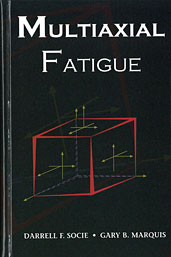Technical Paper
A Novel Three Steps Composited Parameter Matching Method of an Electromagnetic Regenerative Suspension System
2019-04-02
2019-01-0173
The electromagnetic regenerative suspension has attracted much attention recently due to its potential to improve ride comfort and handling stability, at the same time recover kinetic energy which is typically dissipated in traditional shock absorbers. The key components of a ball-screw regenerative suspension system are a motor, a ball screw and a nut. For this kind of regenerative suspension, its damping character is determined by the motor's torque-speed capacity, which is different from the damping character of the traditional shock absorber. Therefore, it is necessary to establish a systematic approach for the parameter matching of ball-screw regenerative suspension, so that the damping character provided by it can ensure ride comfort and handling stability. In this paper, a 2-DOF quarter vehicle simulation model with regenerative suspension is constructed. The effects of the inertia force on ride comfort and handling stability are analyzed.

